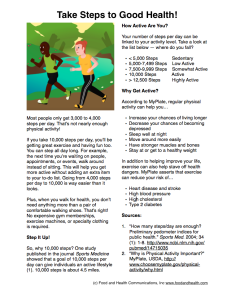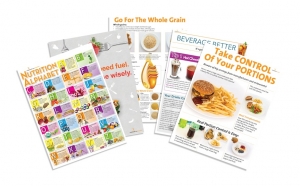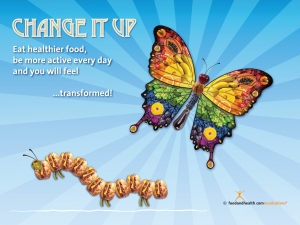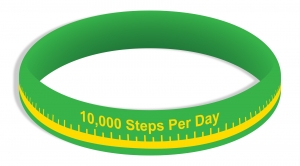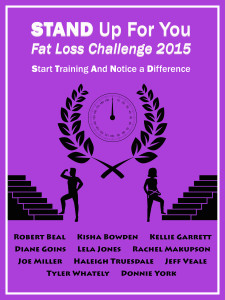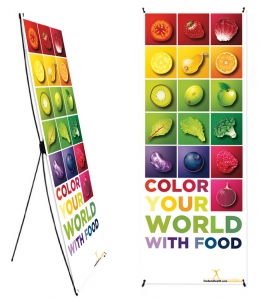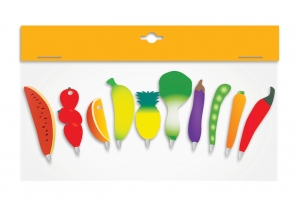Have you seen the latest floor stickers to hit the Nutrition Education Store?
These are the perfect resource to add zing to your health fair booth, nutrition display, or cafeteria project. To celebrate these brand-new materials, I want to share the handout that comes with the Health Hopscotch Floor Decal. Since this is our most popular floor sticker, I thought you’d love to get a little peek behind the scenes and access content that normally only accompanies a purchase or two.
So, without further ado, here’s a closer look at Hop to Health…
Hop to Health
It’s time to move through the components of a healthy life!
Activity: Regular physical activity reduces the risk of several chronic health conditions including coronary heart disease, stroke, some cancers, type 2 diabetes, osteoporosis, and depression. It also decreases high blood pressure and high levels of cholesterol. Regular physical activity also promotes weight loss and maintenance of a healthy weight, improves bone health and plays a role in relieving depression.
Components of a Healthy Eating Pattern: A healthy eating pattern features fruits, vegetables, whole grains, varied protein, and low-fat dairy. It also limits certain foods. Keep your consumption of saturated fats, trans fats, added sugars, and sodium to a minimum.
One wonderful way to follow a healthy eating pattern is to make each plate look like MyPlate. MyPlate advises people to fill half their plates with fruits and vegetables at each meal. Make at least half of all the grains you eat whole grains, every day. Variety is the key to the protein food group. Choose options that are low in saturated fat whenever you can. For the most nutrients with the fewest empty calories, choose fat-free and low-fat dairy foods. The balance of foods on MyPlate will help people get all the nutrients that they need in a day.
Sleep: During sleep, your body repairs the heart and blood vessels. Sleep deficiency is linked to an increased risk of heart disease, kidney disease, high blood pressure, diabetes, and stroke. Getting enough sleep, on the other hand, has been connected to a lower risk of obesity. Sleep regulates the hunger hormones ghrelin and leptin. Plus, the immune system is healthier when sleep is adequate and the fight against infections is more effective too.
Your brain needs sleep in order to function, and the benefits of getting enough sleep are far-reaching.
Like what you see? Get the printable nutrition handout right here, for free!
And here are a few of the top-selling floor decals from the Nutrition Education Store!



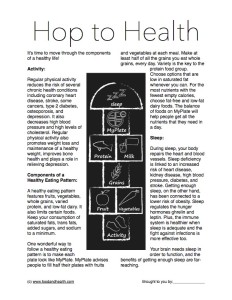



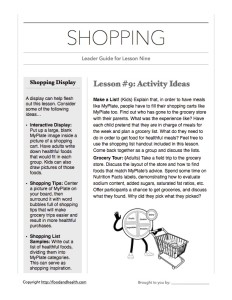
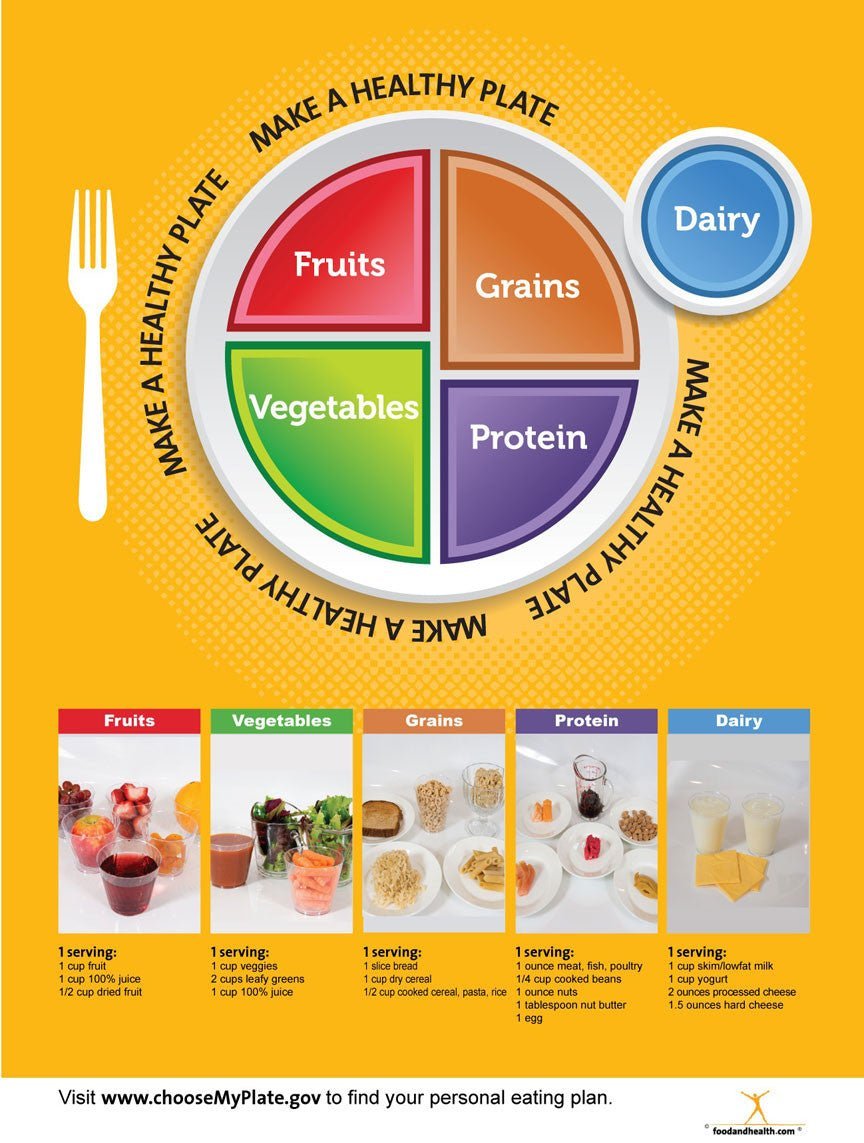

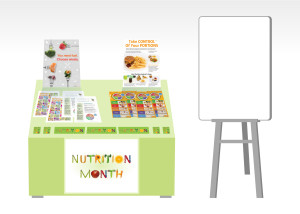
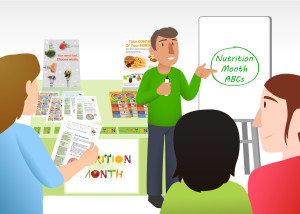
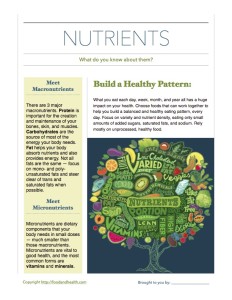



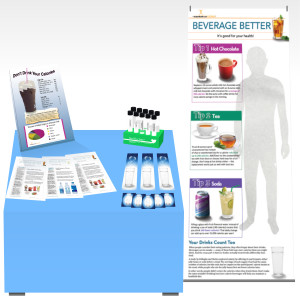
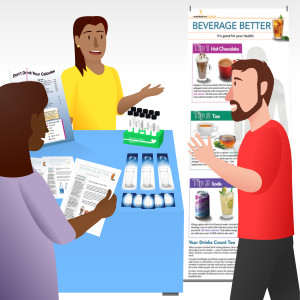
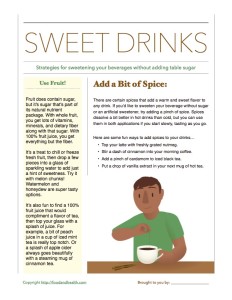



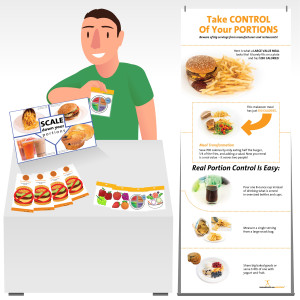


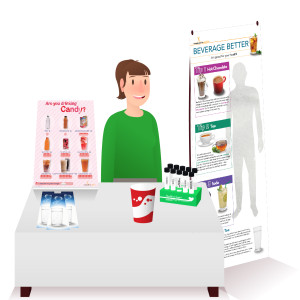

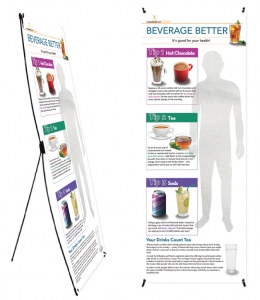



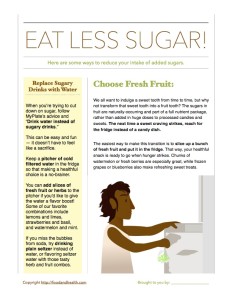
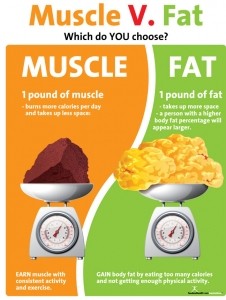
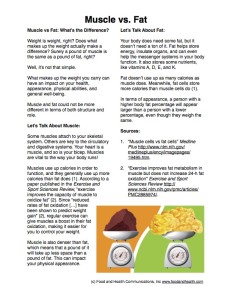
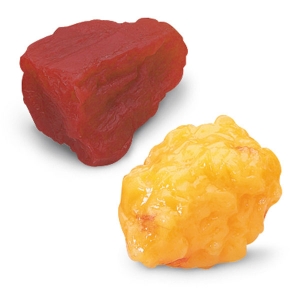
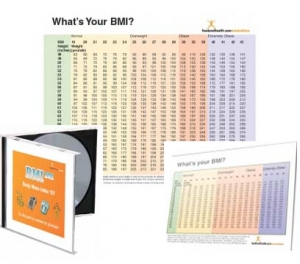
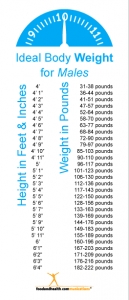
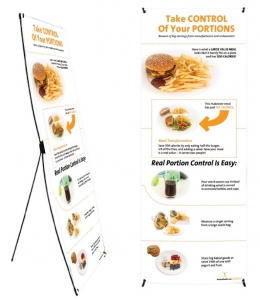
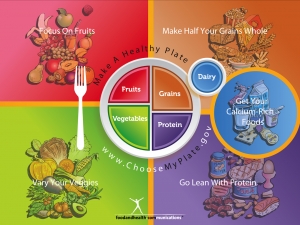
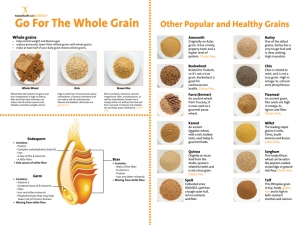
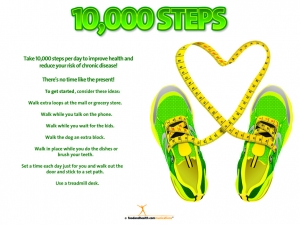
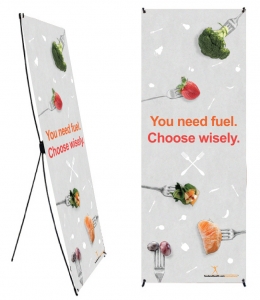
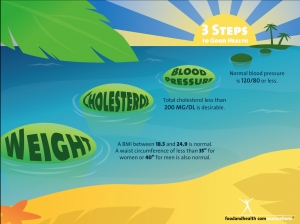
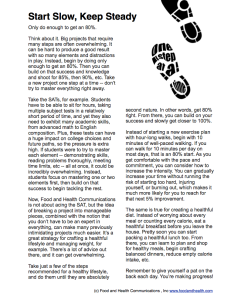
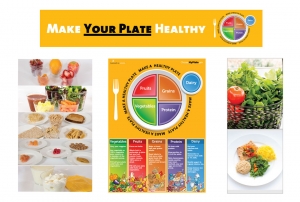

 Don’t miss this
Don’t miss this 